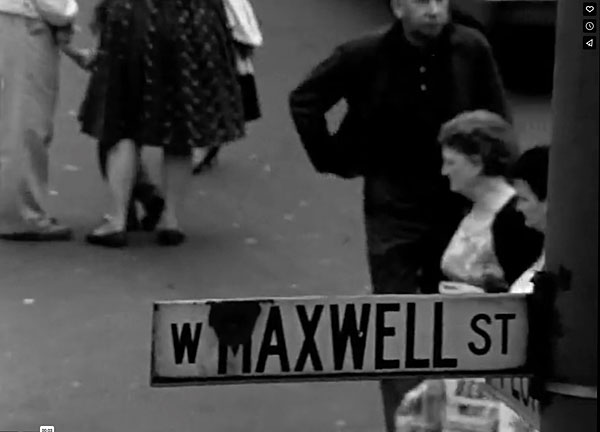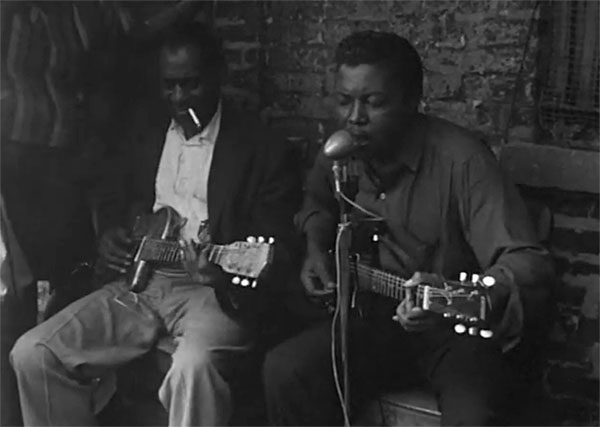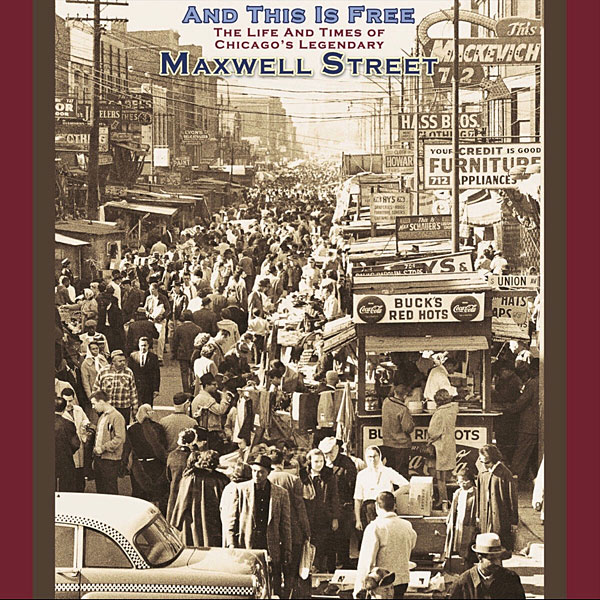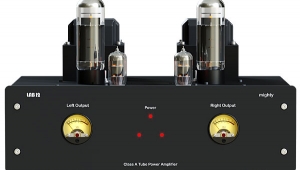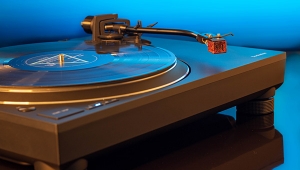| Columns Retired Columns & Blogs |
It is good to read a review of an audio component that is affordable for most of us.
Although I am very fond of the ease of use of nowadays digital music (I have never understood the revival of the record player, or the cassette deck / walkman, reel deck, the discsman and yes, it took a while, but then of course the CD (player) nowadays - sales of CDs are on the rise again) I am also against streaming. For the quantitative reason, I don't need to have all, almost all music at my disposal, also the qualitative reason. Streaming is simply not the best way in terms of quality, as described in the review. I am in favor of a simple and, above all, closed system, without all the noise that you also get from the internet in an open system, where you then need all kinds of unnecessary, and therefore too expensive, peripheral equipment to get it all right again (I'm ignoring the power supply for convenience). Data traffic is also a major cost item for the providers, so they have every interest in not sending you the very best, read heavy full, files. But the main reason is that I don't believe in the platform economy, where only the platform really earns from it. I'm not a hi-res audio denier. I still buy music, not a physical CD or SACD, but on Qobuz. AIFF files, so without compression. The full quality. Usually in the highest Hi-Res quality available, if I think it has added value. That is certainly not always. I put the purchased music on my iPhone (which is the storage and remote control) in the Onkyo HF app (which makes it possible to play Hi-Res files, CD quality is a software limitation on an iPhone, not a hardware limitation ) and play the music via a USB cable connected to my dac (I'm also not in favor of wireless audio, BTW Airplay is again limited to CD quality). This is an intermediate form of listening via a physical (CD / SACD) player and streaming. The ease of streaming and the quality of a physical player.
Anyway: what I mean to say, if you still feel the need for a physical playback device, get the Panasonic DP-UB9000. The whole player, including the transport, is built like a tank, or bunker if you prefer. And a good music dac is probably already in your current set anyway. Although the audio dac in this Panasonic is also very good. You also immediately have an excellent Blu-Ray player, for an everlasting build quality, better than the Rotel, and cheaper player than the Rotel.

